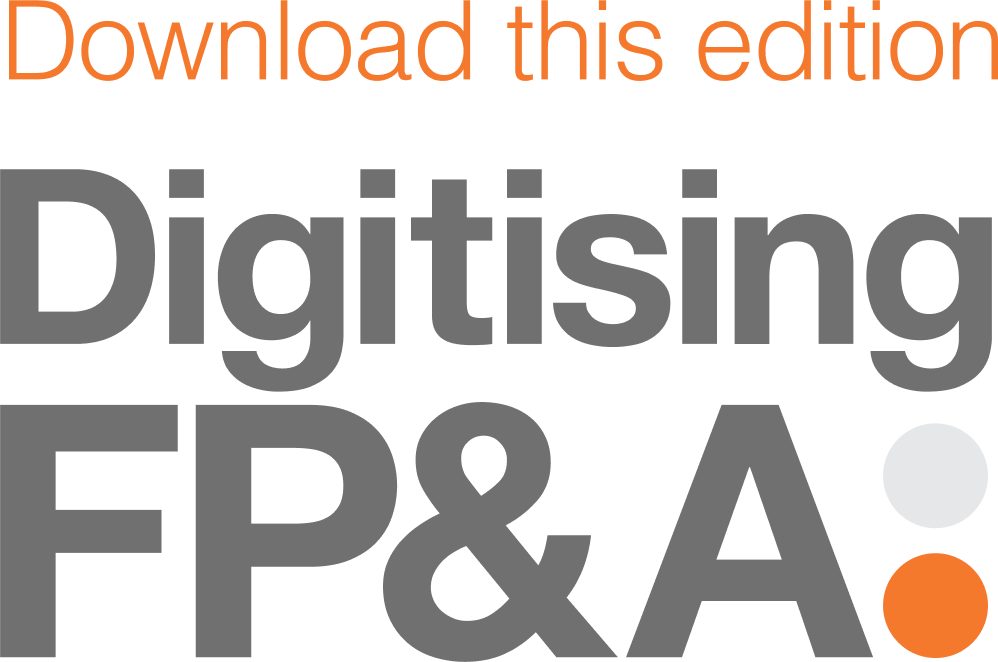Introduction: Whisking Up Innovation
In the competitive world of food manufacturing, companies constantly seek innovative strategies to boost efficiency, optimise costs, and stimulate growth. Leading the charge, many are shifting from traditional Financial Planning & Analysis (FP&A) to Extended Planning & Analysis (xP&A). xP&A broadens FP&A’s scope by integrating it with operational, sales, HR, and marketing functions. This offers a unified enterprise view, potentially your secret ingredient for success.
Stirring the Pot: Why xP&A Matters in Food Manufacturing
Gone are the days of siloed financial planning, isolated from operations that truly drive a business. Today’s landscape demands a recipe that blends insight with action. xP&A delivers a dish of integrated processes combining financial data with operational insights. This ensures alignment of all business parts with financial goals.
Imagine predicting raw material cost impacts on your production schedule or forecasting demand shifts from real-time sales data. xP&A empowers CFOs and COOs to actively shape their manufacturing futures.
Simmering Strategies: Transitioning with xP&A
Transitioning to xP&A doesn’t have to be challenging. Start by integrating sales forecasts into financial planning or aligning HR with production needs. Gradually mix in elements like real-time analytics and cross-functional collaboration.
The Blend: Enhancing Collaboration Across Departments
Effective collaboration among S&OP, finance, workforce planning, and other departments is crucial for xP&A to succeed. By fostering communication and data sharing among these teams, businesses can better anticipate market changes, align production with demand, and manage resources efficiently.
Blending S&OP and Finance: Creating a Financially Savvy Recipe
Integrating S&OP with financial planning ensures operational decisions are financially viable, balancing supply with demand effectively. This crucial blend reduces waste and increases profitability, optimising resource usage across production cycles.
Aligning Workforce and Strategy: Calibrating Your Human Ingredients
Aligning workforce planning with strategic goals is essential, particularly where technology shifts labour demands. Ensuring staffing levels and skills match future needs helps avoid under or overstaffing issues.
Innovating and Adapting to Regulations: Staying Ahead of the Curve
Staying ahead of regulatory changes and integrating innovation gives companies a competitive advantage. xP&A platforms enable quick adaptation to regulations and adoption of automation and eco-friendly techniques. This proactive stance ensures compliance and positions the company as a leader in advanced manufacturing.
Infusing Sales and Marketing Insights: Seasoning with Market Flavours
Including sales and marketing teams provides insights into customer behavior and market trends for planning. Their input aligns financial forecasts with realistic sales projections and strategic marketing approaches effectively. This integration allows proactive responses to market changes and consumer preferences, enhancing strategic agility.
Mastering the Mix: Advanced What-If Scenario Modelling and Predictive Capabilities
xP&A not only enhances real-time collaboration but also introduces sophisticated what-if scenario modelling and predictive analytics. These tools allow companies to simulate various business scenarios and predict outcomes based on different strategic choices. Whether reacting to a sudden change in commodity prices, a shift in consumer preferences, or an unexpected regulatory requirement, scenario modelling lets decision-makers evaluate potential impacts and develop proactive strategies. This predictive prowess transforms planning from a reactive task to a proactive strategic advantage.
Feeding the Bottom Line: Real World Results
Companies embracing xP&A report smoother operations, fewer surprises, and more robust growth. It’s like having a crystal ball mixed with a calculator, providing foresight into market trends and clarity in quantitative analysis. This holistic approach not only supports better decision-making; it also spices it up with insights that lead to cost savings, efficiency gains, and ultimately tastier profits.
Consider the case of a leading food manufacturer specialising in frozen foods, which integrated their sales, production, and financial planning into a unified system. This integration allowed them to use predictive analytics to adjust production schedules based on real-time sales data and market trends, leading to significant reductions in waste and improvements in customer satisfaction and operational efficiency.
Conclusion: Savour the Flavour of Success with xP&A
In food manufacturing, as in cooking, the right mix of ingredients makes all the difference. By adopting xP&A, financial leaders are not just overseeing the financial health of their companies; they are actively participating in the operational recipe that drives success. If you’re ready to taste the secret sauce of success, consider xP&A as your next main ingredient.
In the kitchen of competition, being equipped with the best tools and strategies can help you not just participate but dominate the flavour game. Let’s cook up success together with xP&A!
About the Blogger
Rick Leatherman has over thirteen years of experience in strategic, financial, and operational planning across diverse industries. In today’s disruptive global economy, he focuses on helping to transform businesses into smarter, more integrated entities.
Rick specialises in adopting collaborative planning processes that empower organisations to survive, compete, and lead in their markets. He is skilled in developing vision, engaging stakeholders, and integrating intelligence into systems, processes, and infrastructures. This enables more efficient operations and the creation of new value in unique ways.









